A large part of the area has not been excavated due to the high level of moisture in the earth.
Several halls and 25 rooms dug to a depth of four meters have been discovered at the excavated area. Several corridors connect the rooms to each other.
A great number of bones and skeletons have been discovered in the rooms during the two seasons of excavations, which have been carried out by an archaeological team led by Ali Khaksar.
“One of the aims of the excavations is to change the city into a site-specific museum,” Khaksar told the Persian service of CHN on Saturday.
More excavations and the construction of the museum are estimated to cost about 2 billion rials (about US$210,000) this year, he added.
According to the plan for the museum, the bones and skeletons have been left in-situ in the rooms, he stated.
A great part of the city is believed to be located beneath the homes of the people living there.
As a result, moisture from domestic waste water will make the upcoming excavations difficult.
Initial studies show that the city dates back to an era before the Parthians (c. 250 BC-225 CE) came to power. According to the artifacts unearthed at the site, the rooms were used for special religious ceremonies, most likely Mithraism.
There is some evidence suggesting that the ceremonies were held in secret.
MMS/YAW
END
MNA

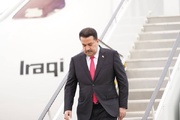
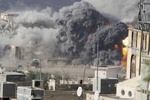
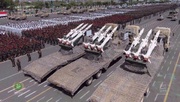

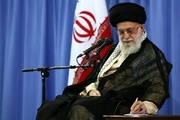


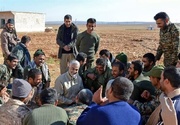








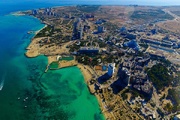
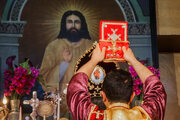

Your Comment